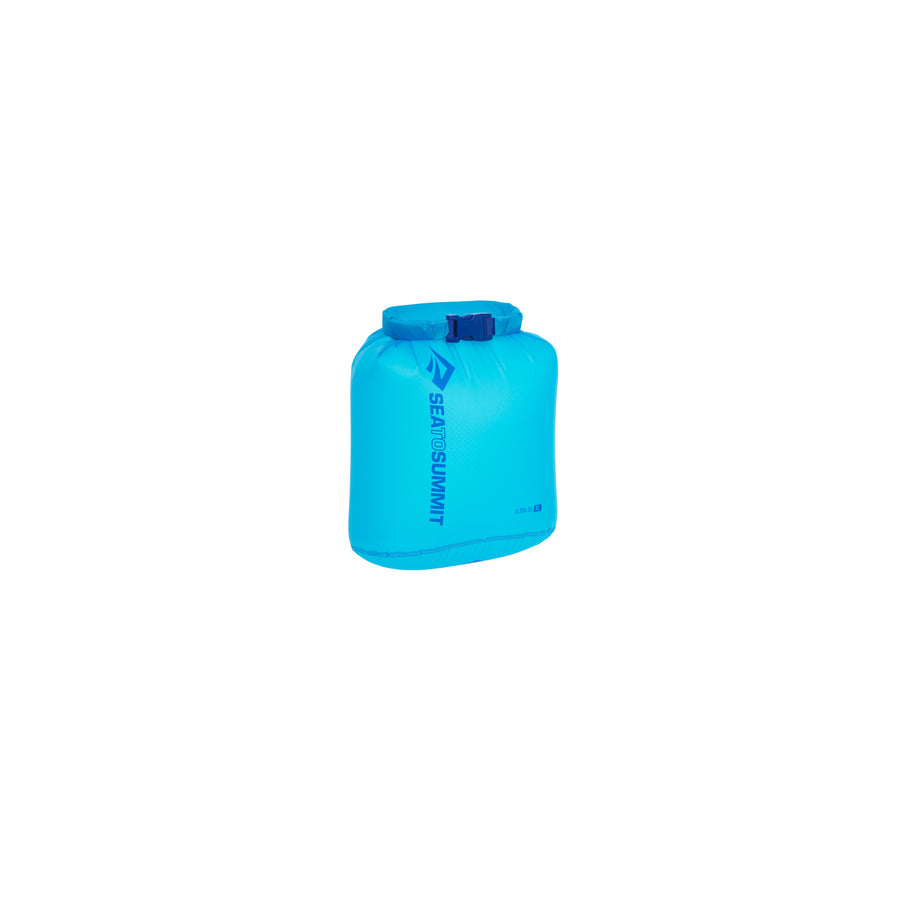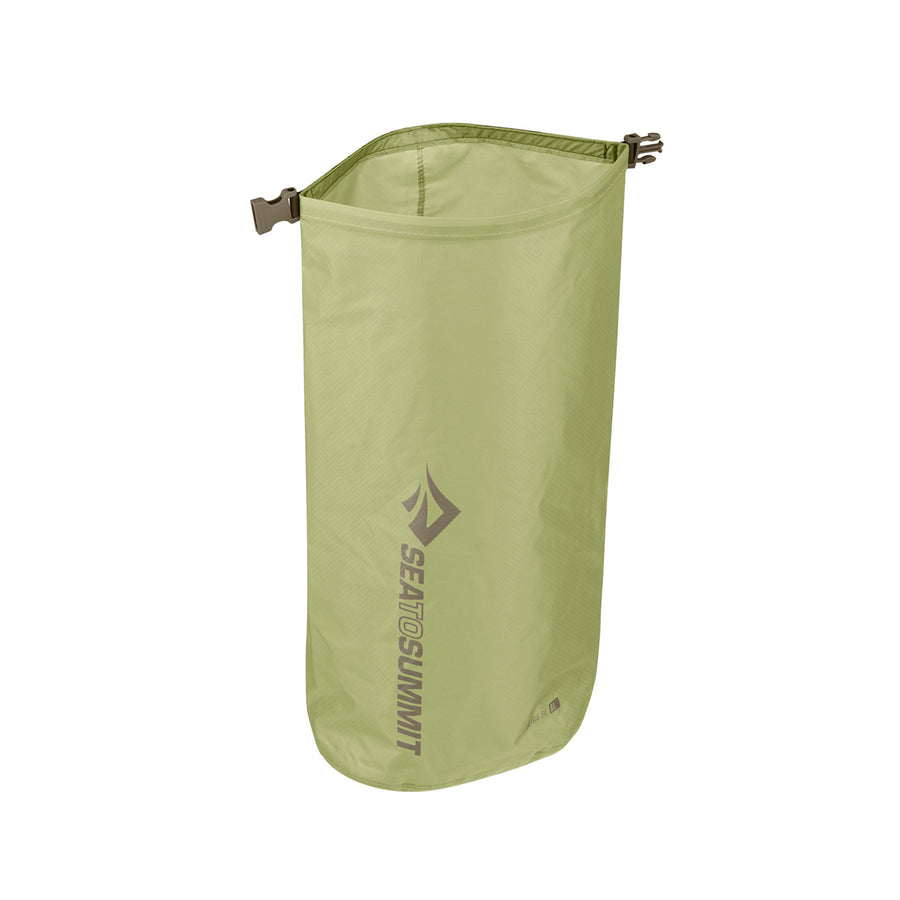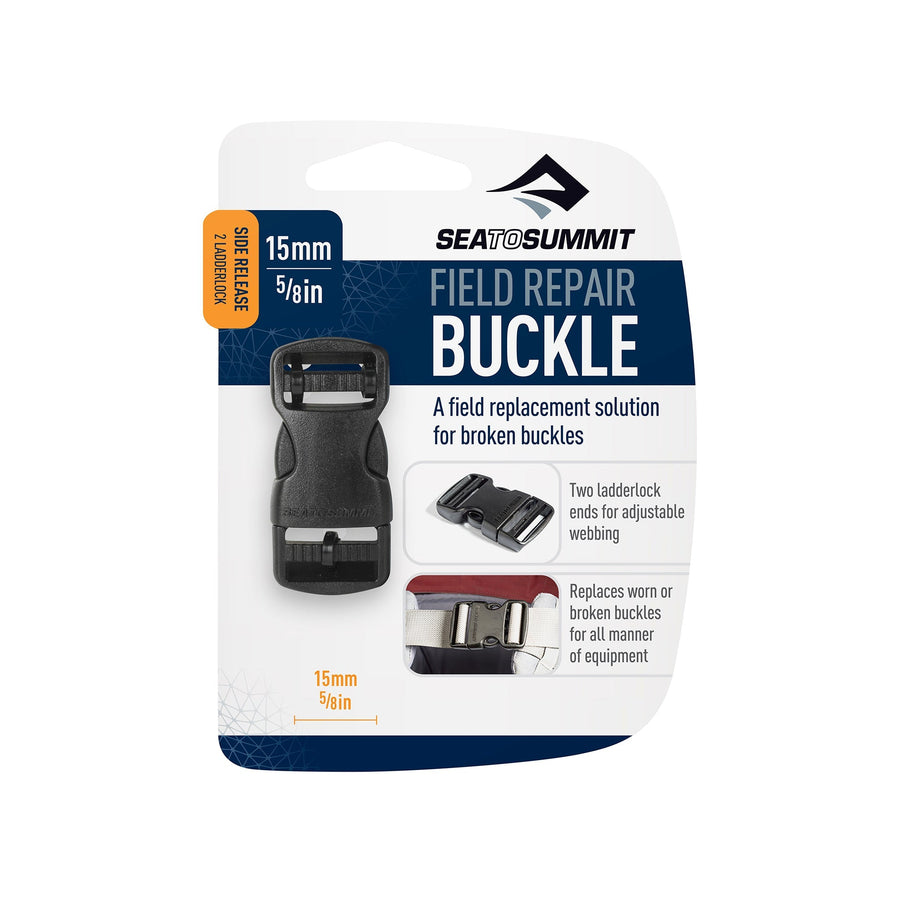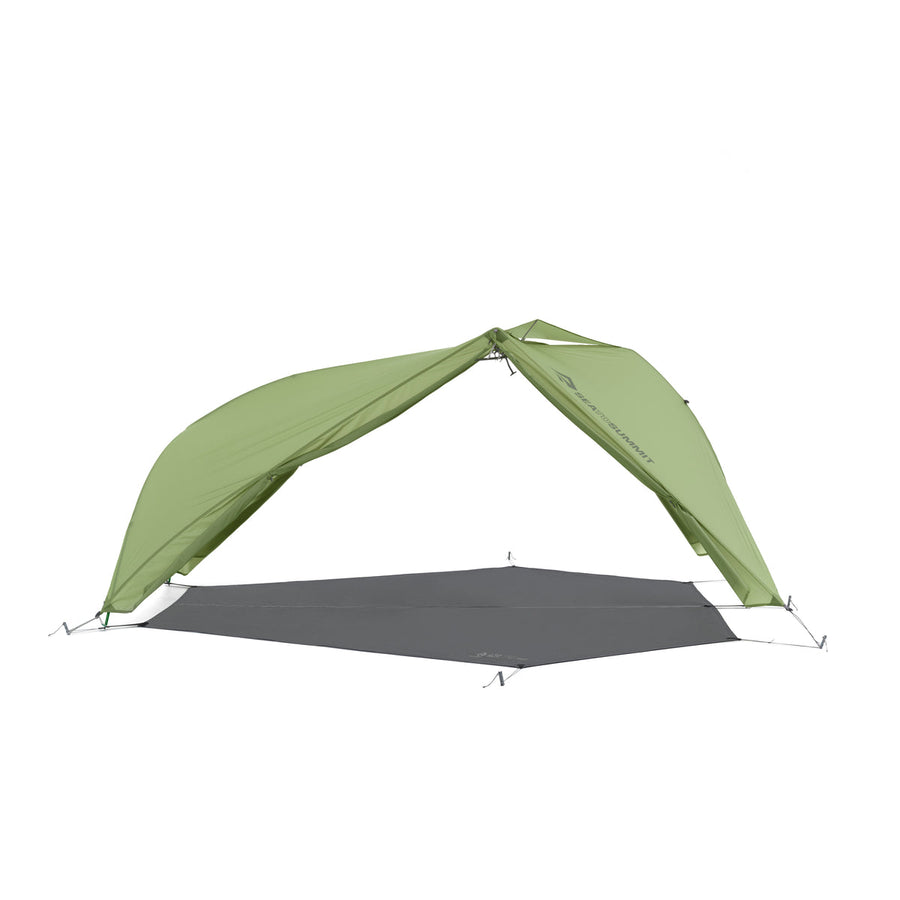Are sleeping bags actually temperature tested? How do the test results compare to real-world performance?

Yes, Sea to Summit truly does test its sleeping bags to provide a temperature rating…
ISO 23537 is the international standard for testing the thermal performance of a sleeping bag. It replaces the European Union protocol EN 13537 which has been used for some time in North America (even though there is no legal requirement that a sleeping bag be tested before a rating is claimed in this market).
ISO Testing is only conducted in certified laboratories. The protocol requires a heated test mannequin be dressed in standardized base layers, inserted into a sleeping bag which is placed on an insulated sleeping pad (see below) in a cold chamber. Measurements are taken at multiple points on the surface of the mannequin to see how much energy is necessary to maintain standard skin temperature. This is compared to standard reference sleeping bags. The following three ratings are calculated:
COMFORT RATING
The temperature at which a standard woman would sleep for eight hours. Male sleepers who are more sensitive to cold should use this rating.
LOWER RATING The temperature at which a standard man would sleep for eight hours.
EXTREME RATING
This is a ‘survival’ rating which would not rule out frostbite. It is best to disregard this rating – Sea to Summit does not publish it.
ISO 23537 RATING SCALE
What the test shows…
The test is thorough, scientific, and replicable. It is conducted in third-party laboratories, and thus provides an ‘even playing field’ between brands (and a comparison between different models from the same brand).
What the test cannot show…
The mannequin does not move, and therefore it does not compress areas of insulation with its knees or hips causing cold spots. Ultra-narrow mummy bags do well in the lab test, but potentially less well in the outside world. The mannequin’s lack of movement means that it does not draw cold air into the bag at the shoulders, or push the draft tube away from a zipper. Thus, whether or not a sleeping bag has a draft collar, or a well-designed hood, or a well-constructed draft tube will not figure significantly in the test- but may well be apparent in the real world.
What else should I know?
Most importantly, the test is conducted in the laboratory with a sleeping pad with a minimum R-Value greater than 5. If the consumer uses a sleeping pad with a lower R-Value, the sleeping bag may not attain its ‘ISO Rating’.
Not all sleeping bags are tested according to the ISO protocol. With some quality niche brands, this is unimportant; their ratings will be trustworthy. In the case of generally distributed brands, the lack of an ‘ISO test rating’ icon on the sleeping bag means you should regard the temperature ‘rating’ with some caution.
Constructing a Sleep System:
Using a thermal or wicking liner, the right sleeping bag that fits the way you sleep and an appropriate sleeping mat for anticipated ground temperatures is the only way to get the best performance and guarantee a good night’s sleep.





































